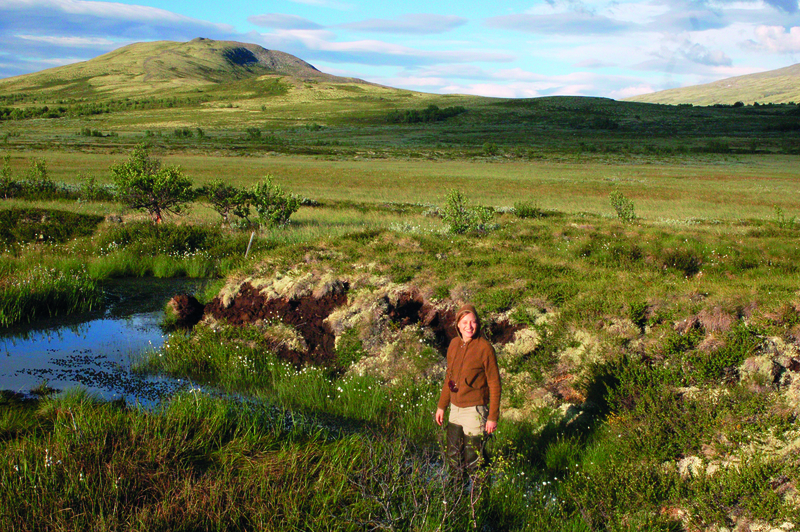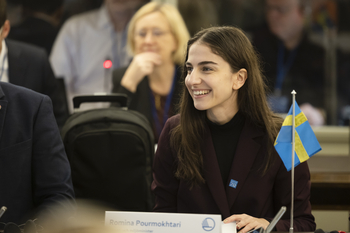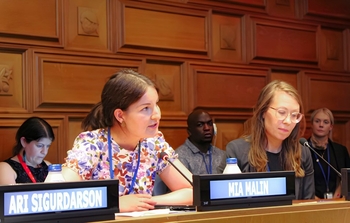Higher greenhouse gas emissions due to marsh destruction

Fifteen per cent of the world’s marshland has been drained for activities such as agriculture. This presents a global climate problem as the ability of marshland to store carbon is reduced, which in turn can result in the release of large amounts of carbon dioxide and greenhouse gasses into the atmosphere. All told, this comprises five per cent of the world’s anthropogenic CO2 emissions.
According to the project Peatlands, climate change mitigation and biodiversity conservation – financed by the Nordic Council of Ministers – 45 per cent of Nordic and Baltic marshland has been drained, emitting up to 80 megatonnes of carbon dioxide each and every year. This is equivalent to one quarter of these regions’ CO2 emissions.
At their meeting at the Nordic Council of Ministers in Copenhagen today, the Nordic Ministers for the Environment agreed on the countries joining forces to bolster efforts to preserve and restore wetland areas.
“This is an important climate issue, and we want to work together to restore and preserve our marshes so as to limit anthropogenic climate change at both a national and global level,” says Danish Minister for the Environment Kirsten Brosbøl.
At the meeting, the Ministers for the Environment agreed on a joint declaration to the International Convention on Wetlands, the Ramsar Convention, that the Region wants to take a leading role in efforts to preserve wetland areas so as to curb global warming, restore the balanced water purification action of wetlands, and preserve their unique biodiversity.
Protection is key
Only three per cent of the world’s land mass is marshland, yet marshes and wetland areas act as highly effective carbon sinks and hold more carbon than the world’s entire forest biomass.
Marshes are valuable ecosystems consisting of water-covered organic material. These wetland areas absorb carbon dioxide from the air and, for as long as the surface of the water is not disturbed, the material is only partially broken down and so no CO2 is released. In the Nordic countries, organic material has accumulated in metre-thick layers for thousands of years. But as soon as the water is drained and the marsh comes into contact with the air (oxygen), the material begins to decompose. This is when carbon dioxide starts to ooze out.
“In a situation where everyone is taking measures to limit climate change, we fully recognise the importance of marshes as carbon sinks,” Brosbøl says.
* The Ramsar Convention is an international treaty for the conservation and sustainable use of wetlands. The purpose of this is to limit the loss of wetlands and slow the increasing pressure on wetland areas.
Source: Peatlands, climate change mitigation and biodiversity conservation




